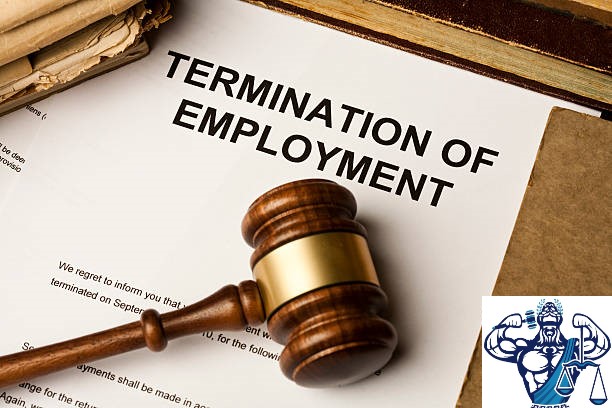The statute of limitations is one of the most intricate concepts when it comes to legal matters. In our blog accessible at https://milettilaw.com/understanding-new-yorks-statutes-of-limitations-on-employment-law/, we provided basic information concerning this concept and cautioned that nothing is fairly straightforward in many cases when it comes to the concept. For instance, while the statutes of limitations dictate how long prosecutors must file a case in criminal courts, they specify the deadline for seeking benefits, filing a claim, or initiating litigation when it comes to employment law.
This is why you may always require an attorney’s legal advice to understand any deadlines that you may not be aware you are facing. Nonetheless, although statutes tend to vary significantly based on circumstances, Title VII’s statutes of limitations are classified broadly as follows:
- Tolling – as the court ruled in Zipes v. TWA, 455 U.S. 385, 394 (1982), the deadline a party has, or parties have to file a timely charge of discrimination with the Equal Employment Opportunity Commission (EEOC) is subject to equitable tolling.
- Time to file a suit – Pursuant to 42 U.S.C. §§ 12117(a), 2000e-5(f)(1), a civil action must be filed within 90 days after a Notice of Right to Sue has been issued by the EEOC.
- Time to file a complaint with the EEOC – Pursuant to 42 U.S.C. § 2000e-5(e)(1), a party has up to 180 days, after the alleged unlawful discriminatory practice, to file a charge with the EEOC or 300 days where a law prohibiting employment discrimination based on the same has been enforced by a local or state agency. Make sure to hit this link https://milettilaw.com/statute-of-limitations-under-applicable-federal-laws-a/ and read our blog titled “Statute of Limitations under Applicable Federal Laws,” specifically under Title VII, where we discussed the same and added more information on other applicable statutes and their provisions. It is also essential to note that as discussed in another blog accessible at https://milettilaw.com/exhaustion-requirement-statute-of-limitations-applicable-laws/, the 300-day deadline is also applicable in New York.
- Administrative exhaustion – lastly, pursuant to 42 U.S.C. § 2000e-5(e), administrative exhaustion is required by Title VII.
It is crucial to note that the information provided herein, for the purposes of record, was current as of February 10, 2022.
As usual, in case you need further clarification regarding the information shared in this blog post, we, the authoritative force in Employment & Labor Law, serving as primary counsel or cumis counsel and providing diverse legal services in both a traditional and online, web-based environment, whether it be for small or large-scale businesses on a panel or a case-by-case basis, are just a call or email away!
Also, beware that we are not only taking over the industry when it comes to Employment Defense and Employment Practices, but also in Intellectual Property Defense (Trademark, Copyright, and Proprietary Information), Management Side Defense, Regulatory and Compliance, Business Law & Corporate Law, and Professional Liability, among others. Whether serving directly or on behalf of a third party (EPLI, D&O, E&O), we stay unusually motivated® to take on all your needs!
As we continue dropping knowledge bombs every day, stay tuned for more educative, inspiring, and interesting videos and blogs. In the interim, if there are any questions or comments, please reach out to us through our website https://milettilaw.com/ and let us know at the Contact Us page!
Always rising above the bar,
Isaac T.,
Legal Writer, Author, & Publisher.
 Professional Legal & Business Services And Representation - English & Espanol!
Professional Legal & Business Services And Representation - English & Espanol!

 314-648-2586
314-648-2586 CALL US NOW
CALL US NOW







